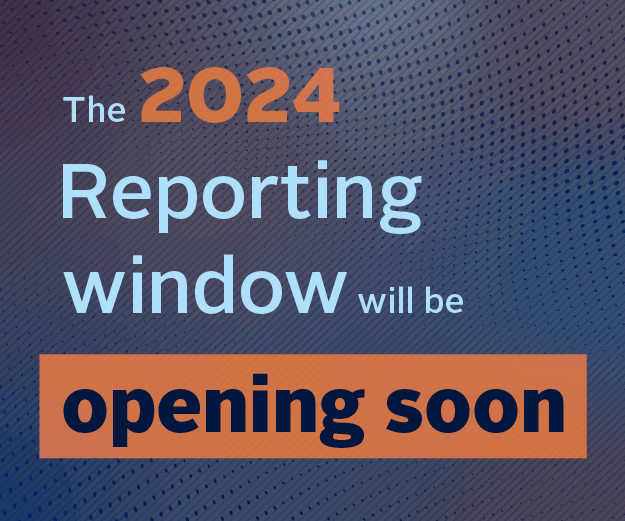Methane management is a key governance challenge for companies in the oil and gas sector.
While addressing methane emissions is in many ways an operational issue, and thus largely the responsibility of management, there is an important role for the board to play in setting and overseeing the company’s long-term climate strategy. The board also has responsibility for evaluating management performance. In the case of methane, that includes ensuring that the right strategic direction is in place to encourage a rigorous approach to methane risk management, and sufficient information is provided to evaluate that progress over time and against peers.
Investors will read the governance section of a TCFD report to understand the reporting structure and accountability mechanisms between senior management and the board regarding climate matters, including methane management. A complete response to the TCFD would include methane-specific discussions under the following areas:
a) Describe the board’s oversight of climate-related risks and opportunities
The board of directors plays a key role in overseeing a company’s overall approach to addressing climate change and ensuring that the company’s long-term business strategy addresses climate risk and opportunity. With regard to methane, investors will look to this section to help them understand:
- How is responsibility for methane allocated within the company, both at board and management level?
- Is methane managed within the same structure as the company’s overall climate risk strategy?
- The processes and frequency by which the board and/or board committees are informed about methanerelated issues. How is met hane incorporated into the board’s overall climate strategy? Within the past year, how many times has methane been on the agenda of the board and/or board committees?
- How the company ensures that the board has the appropriate skills to properly manage climate risk broadly, and methane risk specifically. Is climate competency part of the skills matrix the company uses to evaluate new director candidates? How does the board educate those directors who may not have outside experience with methane-related issues?
- How does the board monitor and oversee progress against metrics and targets for addressing methane risk both over time and against peers? What metrics are chosen for this board-level monitoring and why? Does the board hear from outside experts and/or other stakeholders regarding the effectiveness of management’s methane management program?
- How are reductions in methane emissions incentivized at the board level?
b) Describe management’s role in assessing and managing climate-related risks and opportunities
Management has an important role to play in carrying out a company’s methane management strategy. A key question for investors is whet her incentives for senior management are aligned in a way that encourages executives to appropriately prioritize the issue. In this section investors will seek to understand:
- What are the reporting structures and accountability mechanisms within management for addressing methane? Is methane managed within the same structure as the company’s overall climate risk strategy?
- How is senior management incentivized?
- How is met hane risk managed in t he context of mergers, acquisitions, partnerships and joint ventures (JVs)? As a company cr eates and manages partnerships/JVs or acquires new assets, how does’t he company ensure strong standards for new and existing operations in terms of methane emissions reductions and management? What standards are used?
- What voluntary init iatives is the company a participant in and how does that impact company management involvement in methane management?
Implementing TCFD recommendations for oil and gas methane disclosure
- 1
- 2
- 3
- 4Currently reading
Governance
- 5
- 6
- 7
- 8














